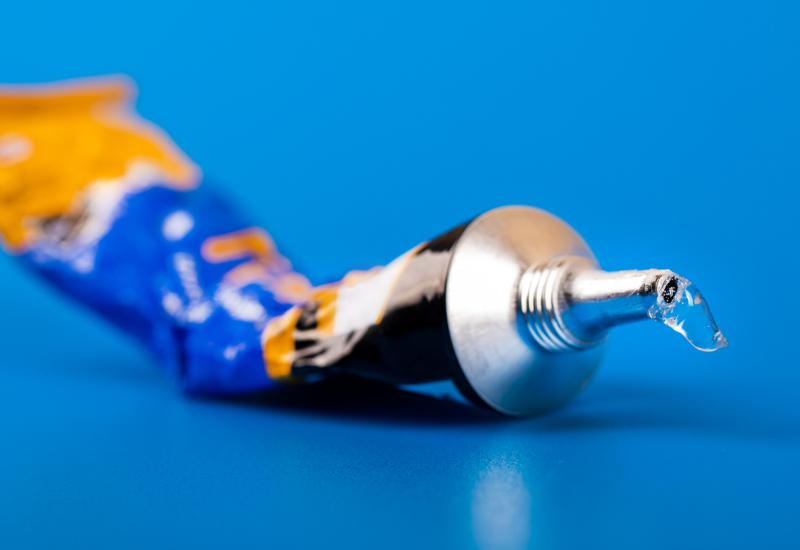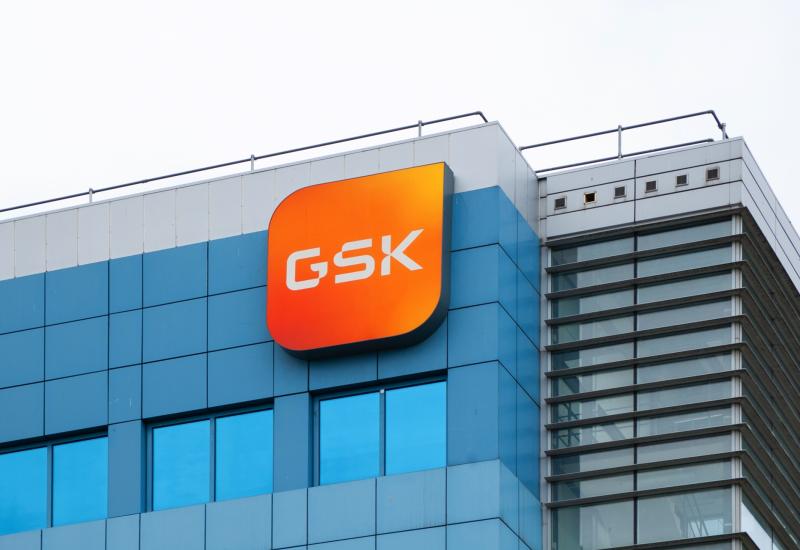
The complex web of PARP inhibitor development
GSK’s Zejula win is the latest chapter in a long and convoluted history of PARP inhibition.
GSK’s Zejula win is the latest chapter in a long and convoluted history of PARP inhibition.

A recent UK court of appeal ruling, the latest decision in a dispute between GSK and AstraZeneca over the former’s PARP inhibitor Zejula, will remind those with sufficiently long memories of the convoluted development and ownership history of this class of drugs.
Zejula, along with Lynparza, Rubraca and Talzenna, had each been passed from one company to another, years before real clinical efficacy was discovered thanks to preselecting for cancers driven by the BRCA mutation. In the case of Zejula, GSK’s ownership flows from at least two groups, and this lies at the heart of the legal dispute.
GSK got Zejula rights through its 2019 acquisition of Tesaro, which itself had acquired from Merck & Co the molecule then coded MK-2512, which Merck had discontinued, plus a sublicence from AstraZeneca to certain rights stemming from UK academia. Thus Astra was owed a royalty once Zejula was launched, but the dispute arose over the scope of this obligation.
A trial judge last year ruled that Astra was owed a broad royalty on all net Zejula sales, and GSK appealed. This appeal has now been decided in GSK’s favour, reversing the earlier ruling and restricting GSK’s obligation to royalties on sales arising specifically from uses covered by the patents under the companies’ 2012 agreement.
Merck & Co and others
It’s somewhat ironic that, after discontinuing the molecule that would become Zejula, Merck then signed a Zejula clinical collaboration with Tesaro, before licensing in rights to Astra’s own market-leading PARP inhibitor, Lynparza, in 2017.
Lynparza is of course much more important to Astra than the GSK royalty, and that drug has a long history of its own, going back to its academic discovery in the late 1990s, through ownership by a private UK company called Kudos that Astra acquired back in 2006.
A separate irony is that within five years Astra wrote off its investment in Kudos, when its molecule failed in breast and ovarian cancers. But after discovering efficacy in patients with BRCA mutations Astra resumed work, which led to Lynparza’s first approval in 2014; others also renewed their focus on PARP inhibition.
Among these was Pfizer, which has its fingers in two separate PARP projects; its currently marketed Talzenna had been originated by Lead Therapeutics, before passing to Pfizer – via a separate deal with Biomarin – through the takeover of Medivation.
In 2000 Pfizer bought Warner-Lambert, which via its acquisition of Agouron had rights to a molecule that would later become Rubraca. That was licensed by Pfizer to Clovis in 2011, but after launching it Clovis went into administration, brought down by debt obligations; Rubraca is currently owned by a private European company called Pharma&.
Perhaps the most bizarre entrant in the PARP category is the PARP that never was, Sanofi’s Bipar-originated iniparib. That caused a stir at the 2009 ASCO meeting, but failed in phase 3 shortly afterwards. In 2012 the Mayo Clinic published a study showing that, at clinically relevant doses, iniparib in fact didn’t inhibit PARP at all.
How PARP inhibitor rights were passed around
| PARP inhibitor | Owners | Note |
|---|---|---|
| Lynparza | Cancer Research UK | Originator |
| Kudos Pharmaceuticals | Kudos was spun out of Cancer Research UK in 1997 | |
| AstraZeneca | Astra bought Kudos for $210m in 2006 | |
| Merck & Co | Development & commercialisation deal with Astra ($1.7bn up front) in 2017 | |
| Zejula | Merck & Co | Originators |
| Uni of Sheffield/ Institute of Cancer Research | ||
| AstraZeneca | Astra licensed rights from Uni of Sheffield/ICR | |
| Tesaro | Tesaro bought projects discontinued by Merck, and obtained a sublicence from Astra, in 2012 | |
| GSK | GSK bought Tesaro for $5.1bn in 2019 | |
| Rubraca | Agouron | Originator |
| Warner-Lambert | Warner-Lambert bought Agouron for $2.1bn in 1999 | |
| Pfizer | Pfizer bought Warner-Lambert for $90bn in 2000 | |
| Clovis | Licensing deal with Pfizer (undisclosed value) in 2011 | |
| Pharma& | Pharma& bought Rubraca for $70m in Clovis bankruptcy | |
| Talzenna | Lead Therapeutics | Originator |
| Biomarin | Biomarin bought Lead for $18m in 2010 | |
| Medivation | Licensing deal with Medivation ($410m up front) in 2015 | |
| Pfizer | Pfizer bought Medivation for $14bn in 2016 | |
| Iniparib* | Bipar | Originator |
| Sanofi | Sanofi-Aventis bought Bipar for undisclosed amount in 2009 |
Note: *subsequently found not to inhibit PARP. Source: company disclosures.













